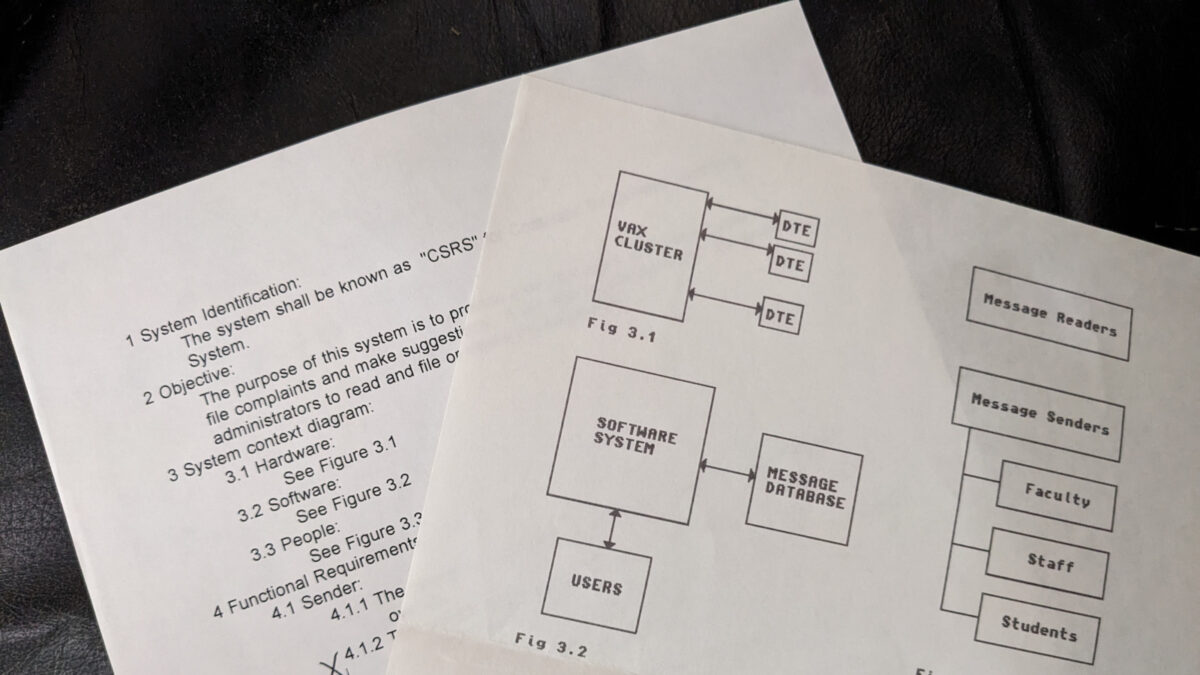I recently read Company of One by Paul Jarvis. Essentially, it questions making growth the priority for a business and then thinks through what it means to optimize for other values. His thinking matched up with my own, given I’ve run a consultancy for about 13 years without growing it much at all.
When I started Eighteen Intelligence, I had some idea that I’d grow it up to be a small agency with producers, account managers and designers. But I started with the idea that I’d partner with my friends for those practices in which I wasn’t an expert and first concentrate on building a software craftsworks around my strengths in software engineering and digital marketing. Over the years, the work concentrated on building sites that were designed by partners, and I kept several people busy as contractors or employees. I didn’t work hard to grow the business because being a father of two homeschooled boys was much more important. It helped to have one, very significant client the always had more work for me than I could squeeze into a week.
In reading this book, I found many of the recommendations lined up with how I think about my business and my craft. Just as it helps to wonder about why a client is asking for a particular feature, it helps to wonder about why you make decisions about taking on new projects or spending on expenses. It requires something beyond the default mindset of growth-over-all-else that is typical for internet startups.
I never looked for funding. I never spent more than sweat to find new projects. I relied on strong relationships with folks I’d worked with in the past. I’ve long stuck with some advice my dad gave me. To get by in life you can be really smart or really nice. It’s easier to be nice. It’s best to be both.
I’ve also believed strongly that information wants to be free. I share it freely, erring on the side of providing too much. I want the people with whom I work to understand why we took a certain approach rather than simply providing the immediate answer. Empowering people to solve their own problems is not a risk to my practice. It’s a fundamental value.
So, we’re just about the same size we were in 2010. It’s a comfortable place, but there are places to grow that aren’t about increasing the team size. There’s always more to learn, and there are always corners of the code to optimize. There are new services to help clients adapt to technology that increases in complexity.
Have you ever strategically turned down work in favor of a higher value? How often have you chosen to improve quality rather than chase after quantity?
(Featured image downloaded from Wikimedia Commons)


